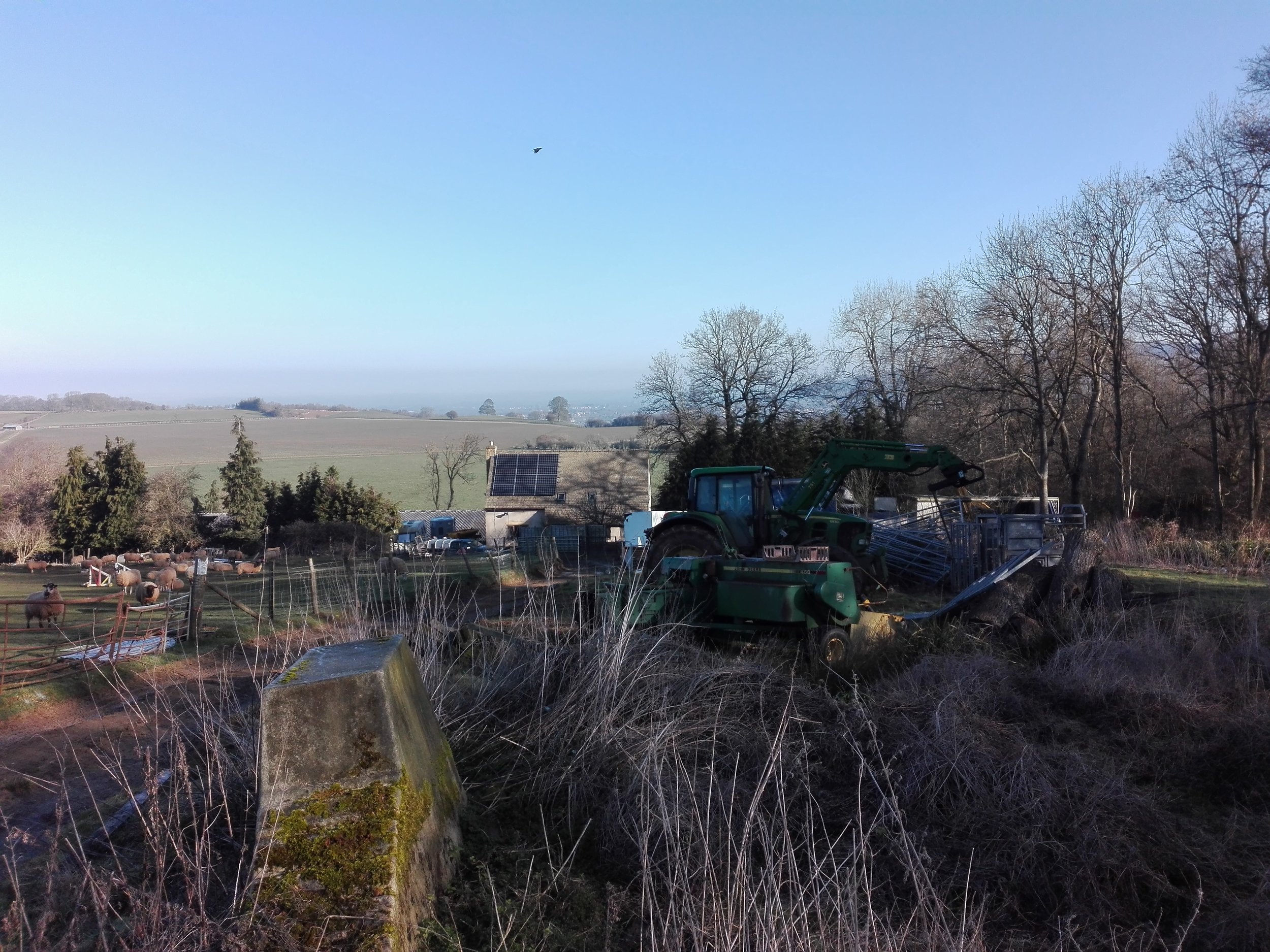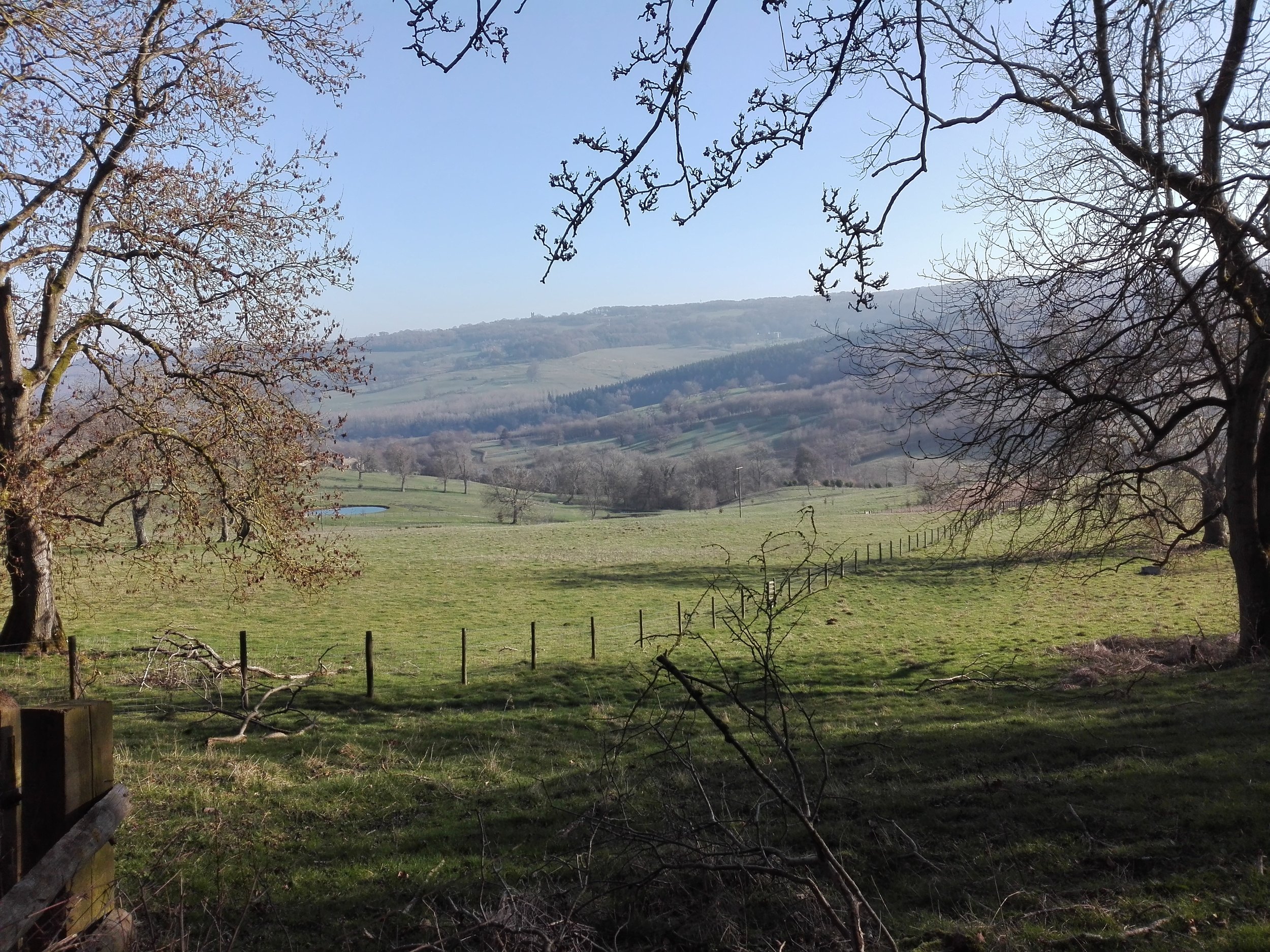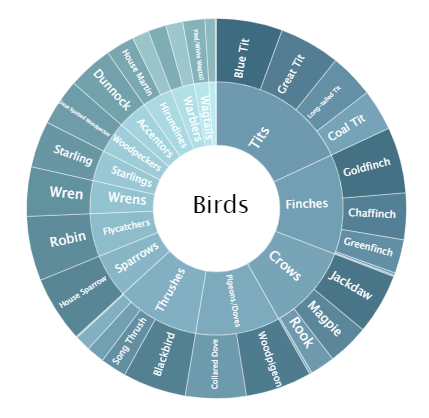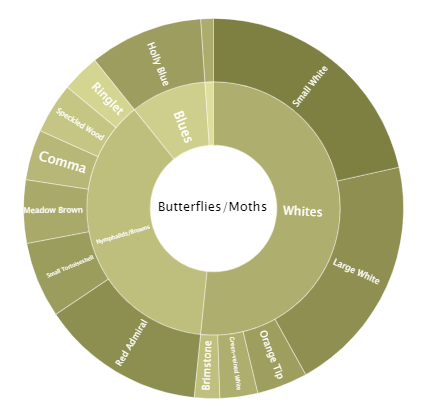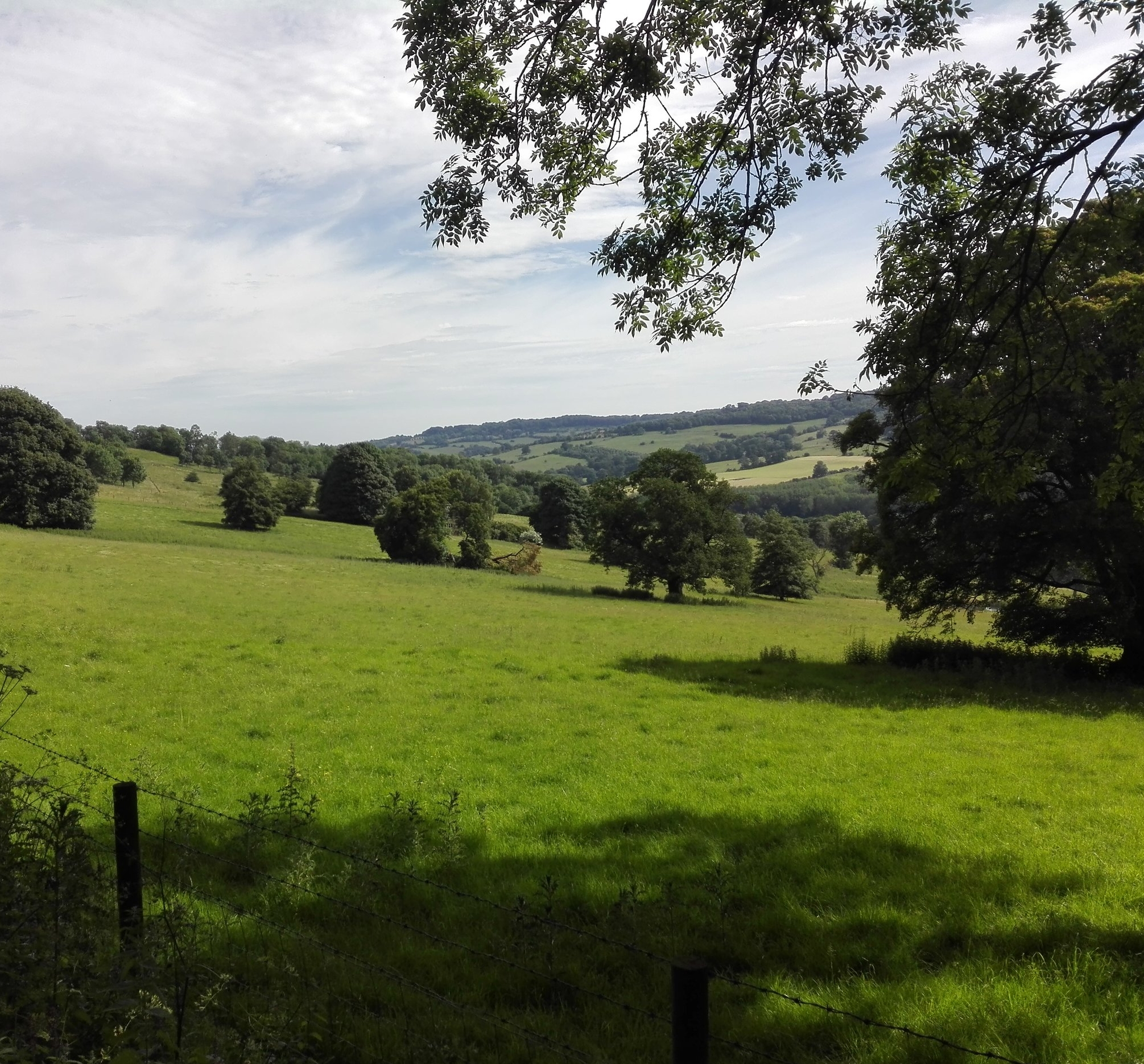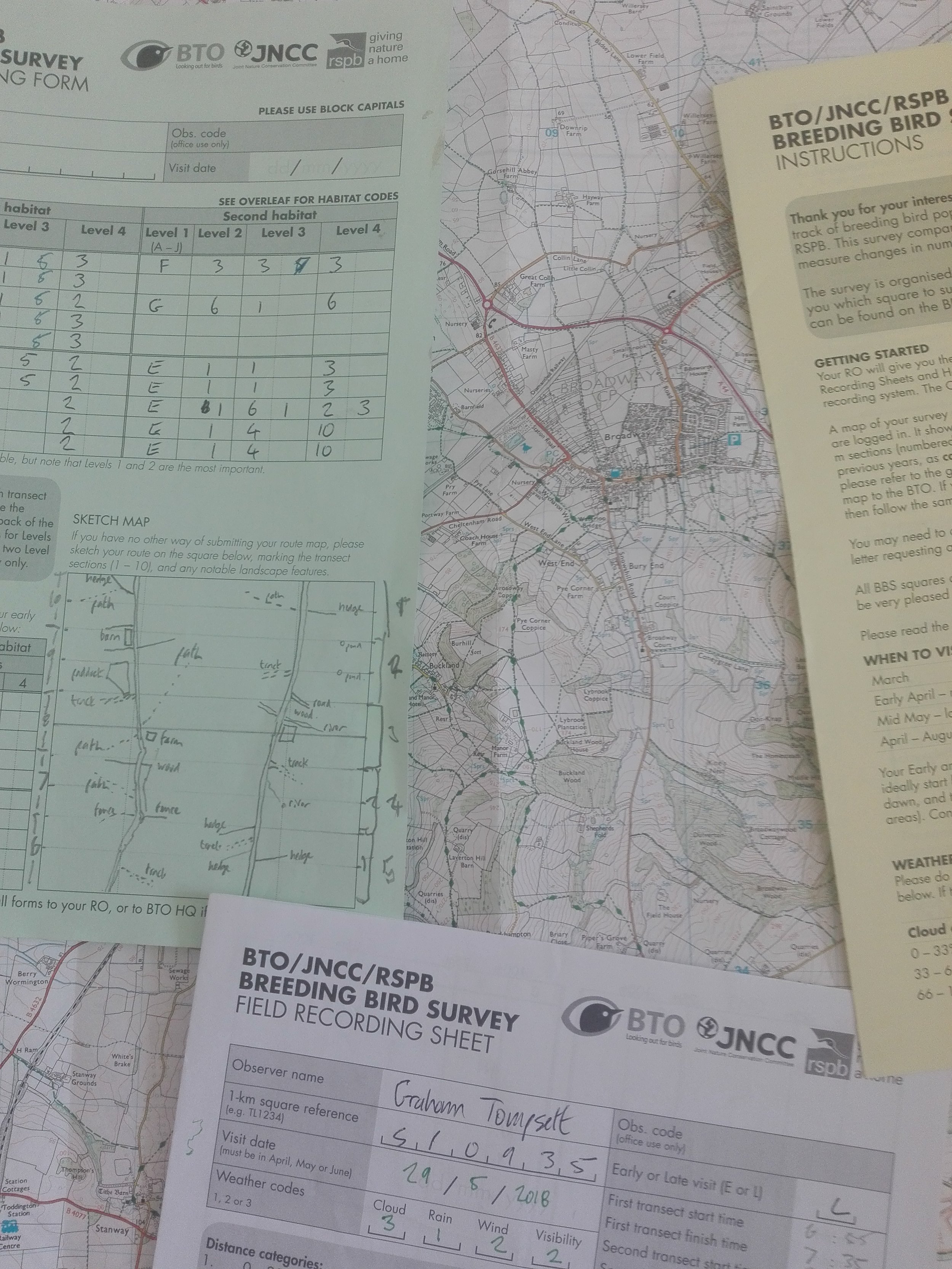Song Thrush (Turdus philomelos, #403)
/Song Thrush is really a bird of this season in the garden, singing loudly every morning. They are more heard than seen, as when they are on the ground they are often skulking around the corners of the garden. They appear in January, sing from February, then after breeding totally disappear in August, only to return again in the mid-winter. Looking at the BTO Garden Birdwatch data this is a pretty typical pattern. The data also shows that there is a strong decline in the number of gardens where song thrushes are reported, down from 45-50% in the early ‘90s, to less than 20% now, so we’re very lucky to still have them.



